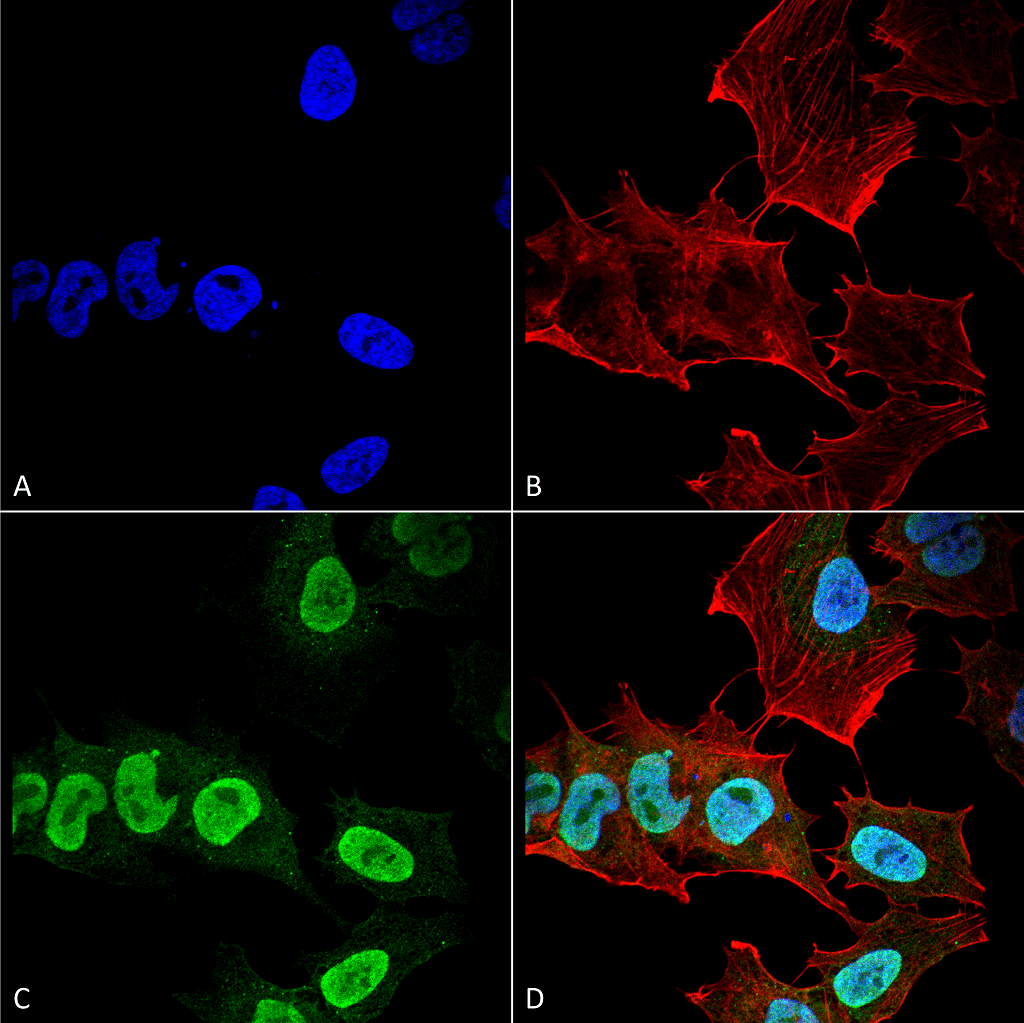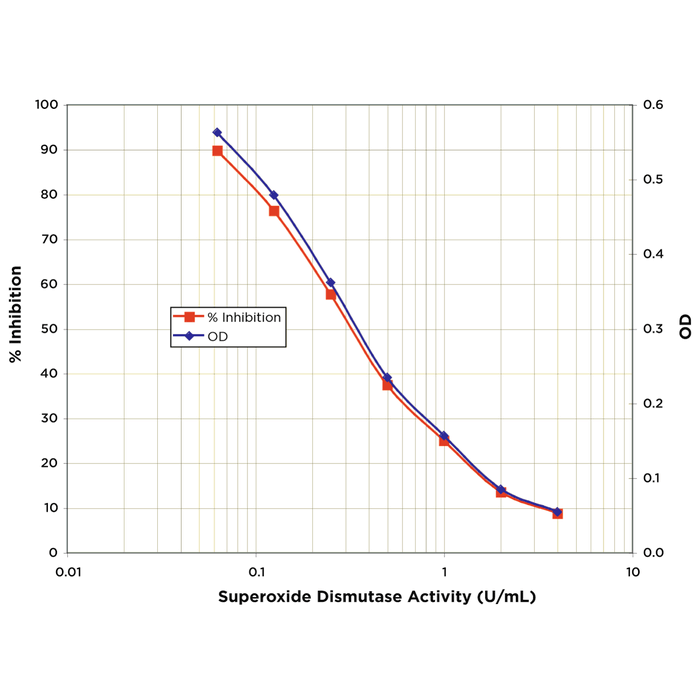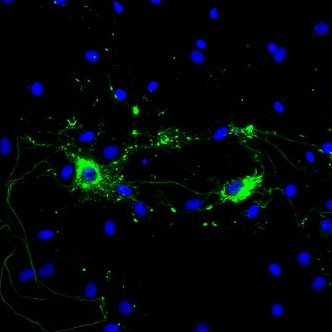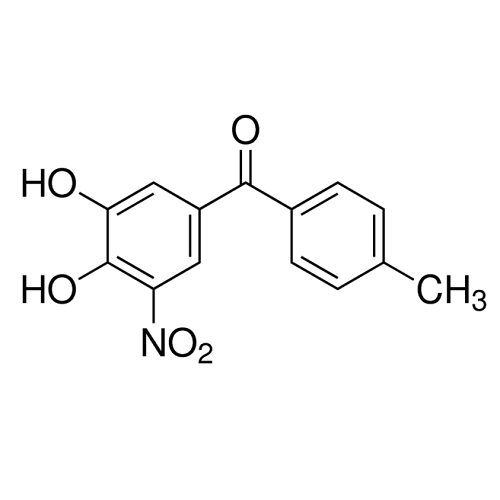Alpha Synuclein: Antibodies
Antibody mediated clearance of alpha synuclein
Antibodies against alpha synuclein have been shown to explicitly target and eliminate extracellular alpha synuclein proteins with microglia (immune cells of the nervous system). The clearance and internalization of the immune complexes is regulated by the Fc receptors on microglia cells resulting in efficient delivery to lysosomes. The intracellular trafficking pathway used when antibody mediated clearance occurs is different from the pathways used to clear alpha synuclein aggregates alone and much more efficient. Antibody mediated clearance was determined to be exclusive to microglial cells; astrocytes and neurons do not contain FC receptors. In a study by Bae et al. (2012) a monoclonal antibody, specific to human α-synuclein, was created with an epitope on its C- terminus. This antibody demonstrated immunoreactivity against the monomeric forms of cytoplasmic and extracellular alpha synuclein and lowered cell to cell transfer of the pathogenic protein.
During antibody mediated clearance, alpha synuclein antibodies are injected to induce a passive immune response in the body. Passive immunity is the transfer of active immunity by introducing foreign antibodies into an individual in order to fight a disease or infection. Active immunity, on the other hand, involves the body’s direct response to a pathogen and production of endogenous antibodies. In one study24, actively acquired alpha synuclein antibodies were detected in the blood of PD patients during the initial stages of the disease. The levels of endogenous alpha synuclein antibodies were higher in PD patients relative to those unaffected by PD, but in the later stages of the disease the levels of antibodies in the PD patients decreased dramatically. This suggests that the human body does have an immune response to the pathogenic alpha synuclein aggregates, however, it diminishes over time with propagation of the disease. Perhaps passive immunization therapy can “use and enhance” the active immune response already present to fight and halt the development of PD.



